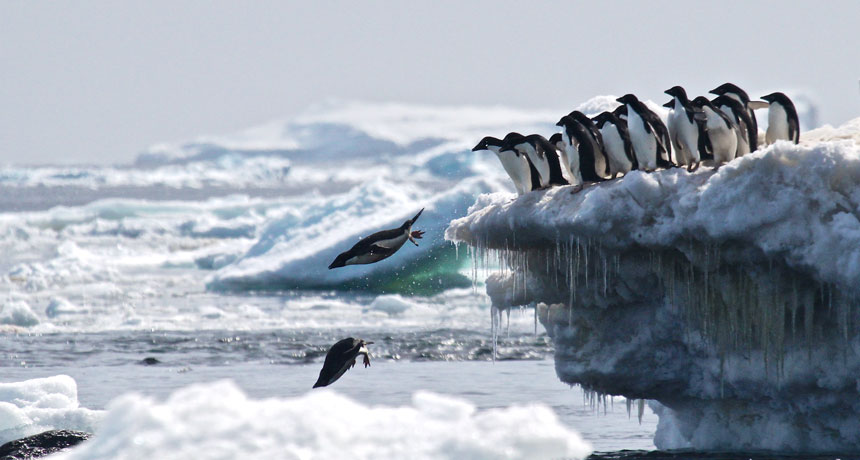Penguin supercolony discovered in Antarctica
It was the guano that gave the birds away

PENGUIN PARADE Scientists have found a giant colony of about 1.5 million Adélie penguins living on the remote Danger Islands off Antarctica.
Rachael Herman/Louisiana State University, © Stony Brook Univ.






